Turkey's 10 Most Beautiful Palaces: A Must-Visit for History and Art Lovers
Palaces have always been the symbols of power, luxury and grandeur, serving as the centers of governance for empires and states for centuries. The Ottoman Empire, which ruled over Istanbul for centuries, was no exception in building magnificent palaces for its sultans, queens and pashas. These architectural marvels, influenced by different movements of their respective periods, still stand strong today, serving as a testament to the Ottoman legacy. In this article, we invite you to discover the 10 beautiful palaces in Turkey that defy history with their magnificence.
1. Topkapi Palace (Istanbul)

Topkapi Palace was the center of the Ottoman Empire and the place where the empire was ruled from 1465 to 1856. It was built by Fatih Sultan Mehmet, and was declared a UNESCO World Heritage Site in 1985. On April 3, 1924, the palace was converted into a museum. Topkapi Palace, spread over an area of 700,000 m2, contains a large courtyard, gardens, fountains, libraries, mosques and many structures such as the Harem, Enderun, Divan-ı Hümayun, Has Stables and Bab-ı Hümayun, which are the main parts of the palace.
2. Çırağan Palace (Istanbul)
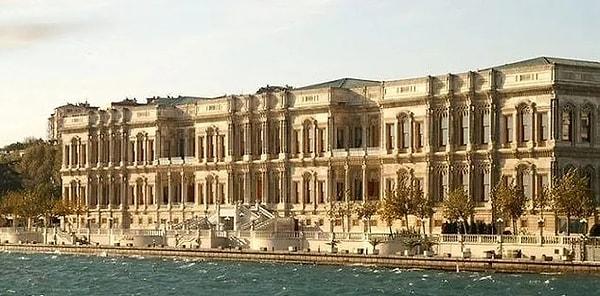
Çırağan Palace, which was built in the late periods of the Ottoman Empire to provide an excellent view of the Bosphorus, was built by the order of Sultan Abdulaziz in 1867. The design of the palace was made by Sarkis Balyan, one of the Ottoman architects who studied in Paris. The palace has a 284 meter long facade and is the longest palace in Istanbul.
After the death of Sultan Abdulaziz, the palace was damaged as a result of the theft of some valuable items found in the palace by the Union and Progress Movement. The palace later suffered a fire during the British occupation and was greatly damaged. In the 1950s, the Turkish government restored the palace. Today, Çırağan Palace is operates as a five-star hotel. There are 313 rooms and suites in the palace, and each of them exhibits the best examples of Ottoman architecture.
3. Dolmabahce Palace (Istanbul)

Dolmabahçe Palace was built by Abdulmecid, the sultan of the Ottoman Empire at that time, between 1853 and 1856. Dolmabahçe Palace is built on a land area of 13 hectares and is the largest palace in Istanbul with 285 rooms, 46 halls and galleries. Baroque, rococo and neoclassical styles were used in the construction of the palace. The interior decoration of the palace was designed in a magnificent way as a symbol of wealth and ostentation in the late periods of the Ottoman Empire.
There is a large garden at the front of the palace overlooking the Marmara Sea. In the garden, there are pools with many fountains, flower gardens and sculptures. At the back of the palace there is a garden overlooking the Bosphorus. There are many fountains, pools and pavilions left over from the Ottoman Empire period in the garden.
Dolmabahçe Palace was started to be used as a museum after the proclamation of the Republic of Turkey in 1924. The palace is one of the most popular tourist attractions in Istanbul today and is visited by millions of tourists a year.
4. Ishak Pasha Palace (Ağrı)
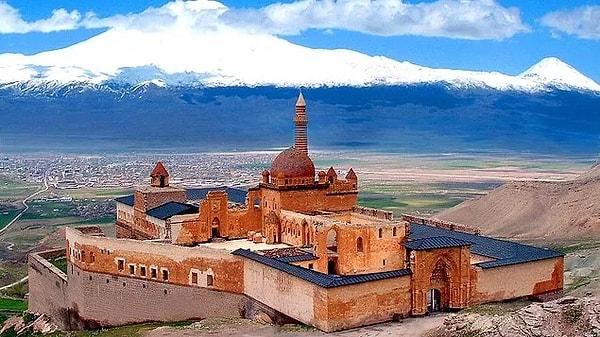
Located on the border of the Ottoman Empire's territories in Armenia and Iran in the eighteenth century, this region was built by Ishak Pasha.
The palace has a typical Ottoman palace construction and combines Islamic, Seljuk, Iranian and Armenian architectural styles. Its construction took about 100 years and was completed in 1784. Ishak Pasha Palace is built with natural stones and mud bricks and covers an area of about 7600 square meters.
Among the most remarkable features of the palace are the four-decker main building, courtyard, mosque, kitchen, hammam, cemetery and water tanks. There are four high towers on the front facade of the palace. There are also sundials in one of the towers, which are revealed by the fall of the sun's rays.
5. Çifte Saraylar-Double Palaces (Istanbul)
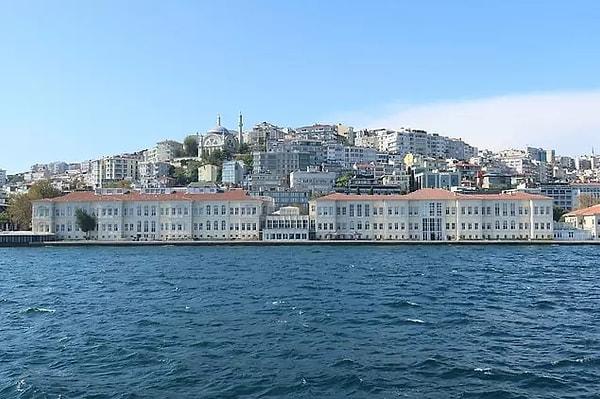
Double Palaces have been called 'Double Palaces' in reference to the existence of two separate buildings, one built in the European style and the other in the Ottoman style.
The Double Palaces are among the first European deconstructions built in Istanbul. Within the scope of modernization movements, Sultan Mahmut II wanted to integrate Western-style architectural features into Ottoman palace architecture. Therefore, the European-style section of the palace was designed by the French architect Alexandre Vallaury. Double Palaces have been used for many different functions. Sultan Mahmut II resided in one part of the palace, while various ceremonies were held in the other part. In addition, some parts of the palace have been used as a museum.
Today, the Double Palaces are home to the Faculty of Fine Arts of Istanbul Technical University. The Architecture Museum located in the faculty provides information to visitors about the history of the Double Palaces. The garden of the palace is also open to the public and offers one of the most beautiful views of Istanbul.
6. Yildiz Palace (Istanbul)
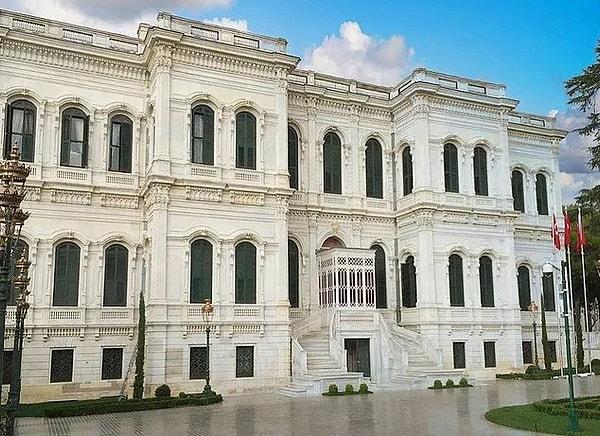
The Yıldız Palace was used as the private palace of Abdulhamid II. The main structure was built during the Second Constitutional period and was used during the accession of Abdulhamid II to the throne. In addition, there are various buildings where guests stay in the palace, mosques, bakeries, fountains, theaters and many other structures.
The Yıldız Palace was expanded and redesigned by Abdulhamid II between 1880 and 1895. The most important feature of the palace is that it contains European style architectural elements as well as Ottoman palace architecture. The spacious garden of the palace is a great place to enjoy the view of Istanbul.
7. Adile Sultan Palace (Istanbul)
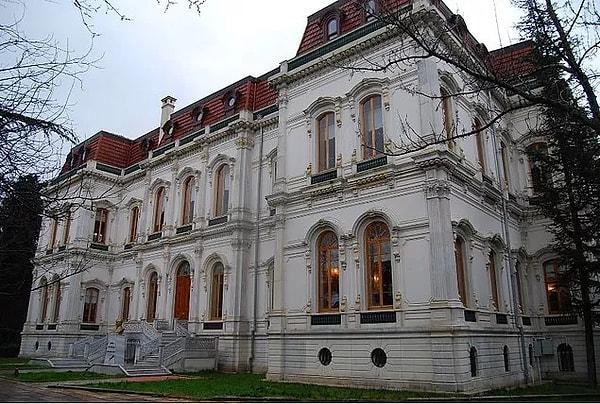
The Adile Sultan Palace was inhabited by Adile Sultan, the sister of Abdulhamid II. The palace was used for hosting many important guests and state affairs during the Ottoman period. In addition, weddings and other special ceremonies were also held in the palace.
Today, the Adile Sultan Palace belongs to the Istanbul Metropolitan Municipality and is used for cultural events, conferences and weddings. The palace is one of the important tourist attractions reflecting the historical texture of Istanbul. In addition, it offers a pleasant atmosphere for visitors with its garden, sea view and historical texture.
8. Hidiv Pavilion (Istanbul)
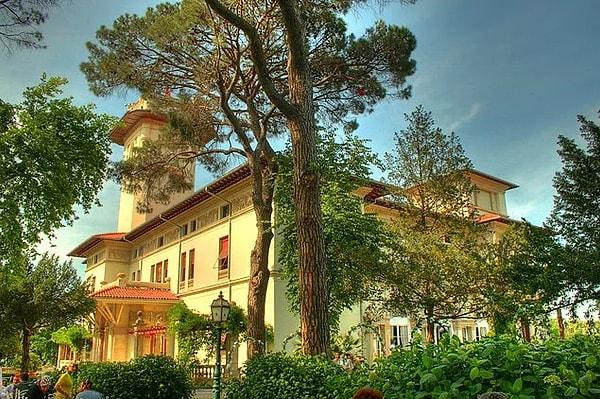
Hidiv Kasrı is a historical building located in Beykoz district of Istanbul. The palace was built during the Ottoman period and was built by Abbas Hilmi Pasha. Abbas Hilmi Pasha has organized many important meetings and events at the palace. In addition, many important guest hospitality works have also been carried out in the palace. The palace was built in the neoclassical and baroque style, and the garden is quite spacious.
Today, the Hidiv Pavilion belongs to the Istanbul Metropolitan Municipality and is used for cultural events, exhibitions, weddings and other special events.
9. Küçüksu Pavilion (Istanbul)
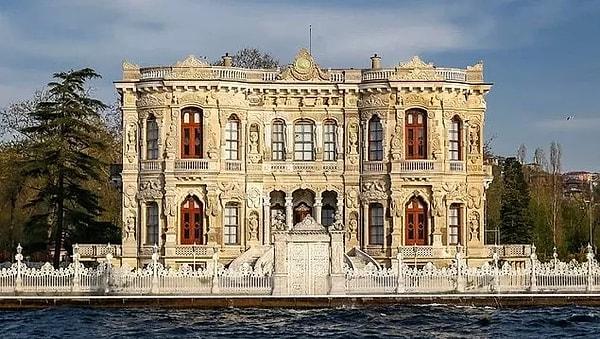
Küçüksu Pavilion was built by Sultan Abdülmecid. Küçüksu Pavilion, which was completed in 1857, was built in baroque style. The Küçüksu Pavilion was mostly used as a summer house by Sultan Abdülmecid. In addition, many important guest hospitality works have also been carried out in the palace.
Today, Küçüksu Pavilion belongs to the Istanbul Directorate of Culture and Tourism and is open to visitors. At the same time, it is one of the important tourist attractions reflecting the historical texture of Istanbul.
10. Ihlamur Pavilion (Istanbul)
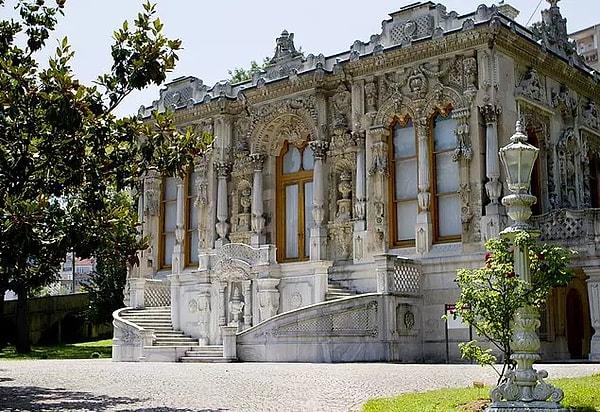
The Ihlamur Pavilion was completed in 1855 by the order of Sultan Abdulmecid and was built in neoclassical style. Taking its name from the linden trees in its garden, the Linden Pavilion was one of the palaces built to show the splendor and wealth of the Ottoman Empire.
Today, the Ihlamur Pavilion belongs to the Istanbul Directorate of Culture and Tourism and is open to visitors. Its garden, lime trees, historical texture and the museum located inside offer a pleasant atmosphere for visitors.
Which of these palaces would you be most interested in visiting, and why? Tell us in the comments!
Keşfet ile ziyaret ettiğin tüm kategorileri tek akışta gör!


Send Comment